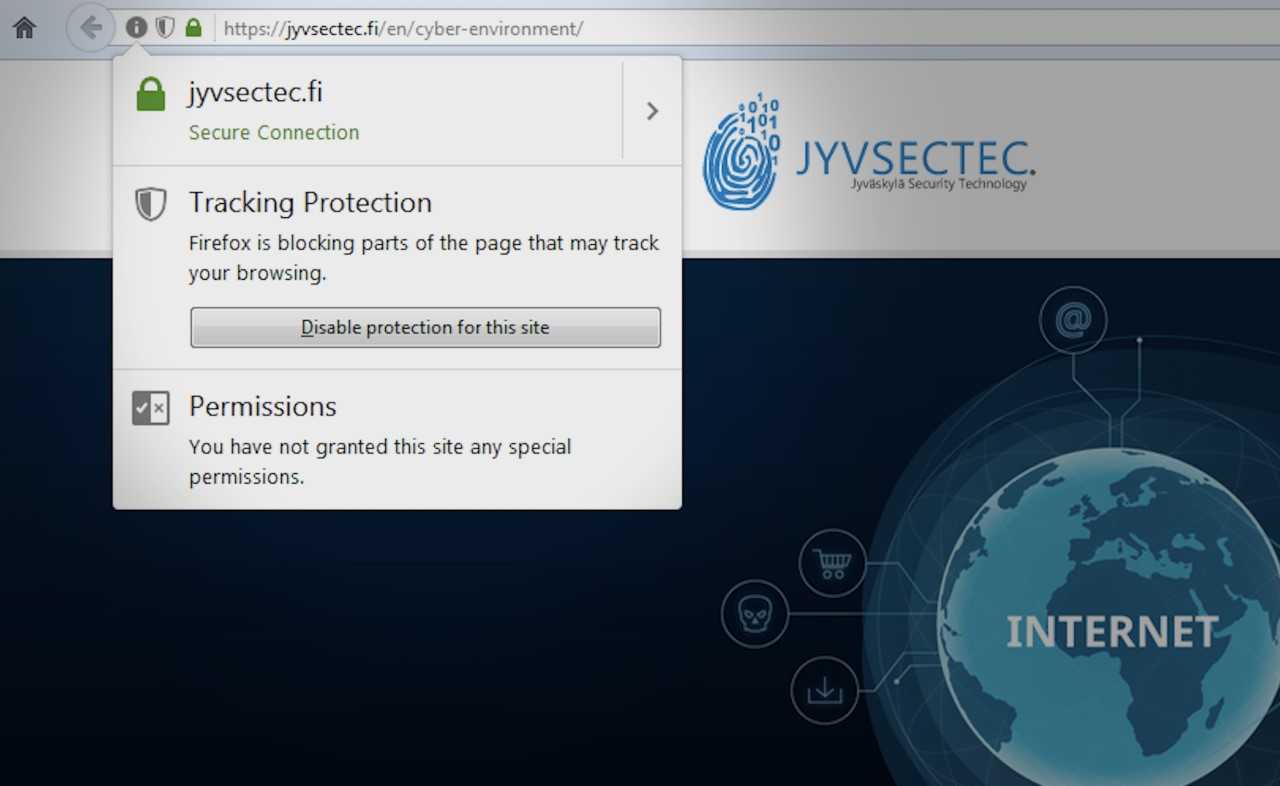
User tracking has gained interest after it has become a major source of revenue for advertisers. Tracking methods have evolved , however the users have also become more aware of how they are being tracked and what to do to evade tracking. More tools are available for personal tracking protection and they are becoming increasingly mainstream.
Interest in user tracking
Advertisers have evolved to use Internet more as the main platform to offer ads. Using analytics and user tracking, user data has become the most valuable commodity of modern times. It is estimated that just digital ad revenue for a generic US Internet user is worth around $290 a year.
User tracking also generates vast datasets or ‘dossiers’ that can be sold for high prices. A bleak example for this is the Facebook/Cambridge Analytica exposed in March 2018. These dossiers can be used for research and other good intentions, however they can also be used in questionable ways. Price discrimination is one form of abuse, where people receive different offers depending on the profile that has been attached to them.
Pervasive tracking methods
Tracking website users is not a new thing. Cookies have been used almost as long as Internet has been around. First they were implemented to save login data and keep sessions active. Later it was found that users can be tracked around web pages using third-party cookies. As conscious users and advanced browsers started blocking these cookies, more intrusive methods of tracking were developed.
Mostly these methods use some sort of tricks done in the clients browser, such as caches, stored objects or fingerprinting. These methods can be mitigated with good browser hygiene and simple tweaks, such as simply emptying the caches and history when closing the browser. Other, more interesting methods are done server-side, and can ultimately be invisible and hard to evade for the normal user. Metadata can even be injected into legitimate requests when the ISP relays the data, like Verizon Wireless did in 2014.
Tools for evasion
As methods evolve, so do mitigation and evasion methods. Browsers are currently very capable of protecting the user against tracking. There are at least as many tracking protection plugins available as there are tracking methods. As mainstream interest of tracking and data collection grows, these plugins are slowly incorporated into browsers and turned on by default. One example is Tracking Protection -feature in Firefox, which is based on the Disconnect plugin.
More in-depth explanation on the different tracking methods, their implementation and evasion tools can be found in Personal Internet Privacy and Surveillance. This Master’s Thesis was done in the RGCE to explore how different tracking methods work and how they can be replicated in an isolated and controlled environment.
 |
Juha Jokinen Infrastructure Service Specialist at JYVSECTEC Institute of Information Technology at JAMK University of Applied Sciences |



